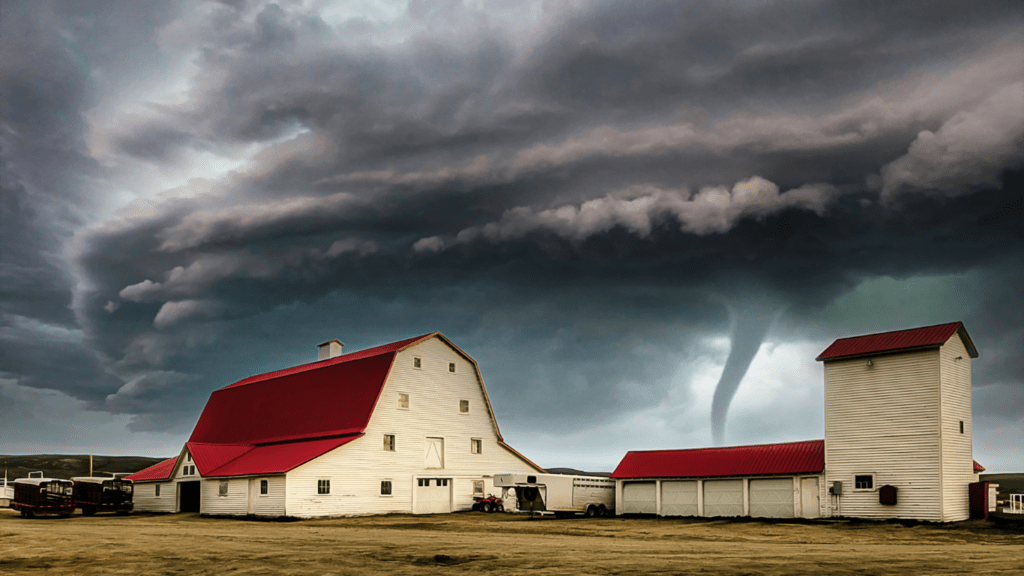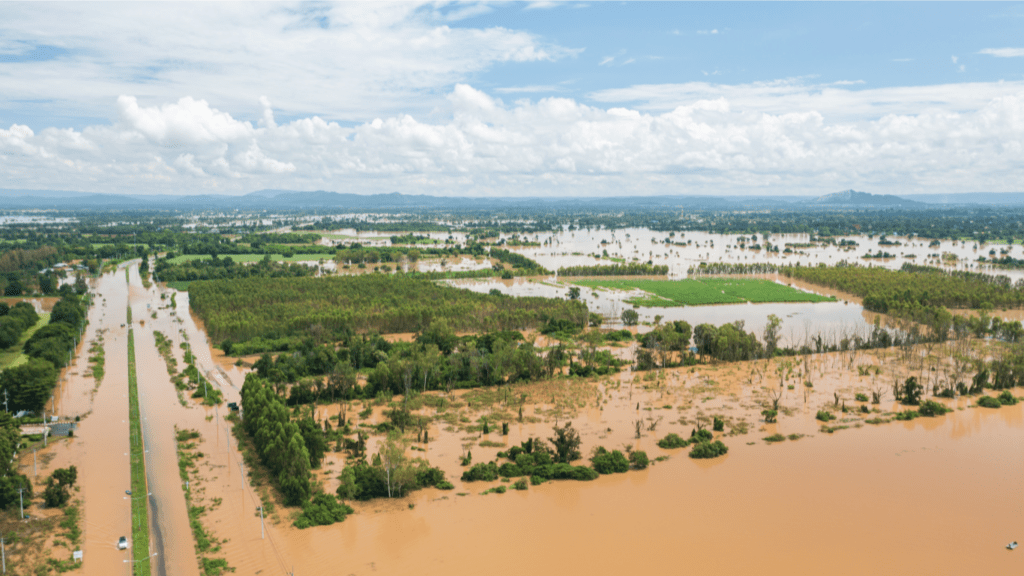Overview of Recent Natural Disasters
Recent natural disasters have caused significant disruption and damage globally. From earthquakes to hurricanes, communities are facing numerous challenges.
Types of Natural Disasters
Recent events include earthquakes, hurricanes, wildfires, floods, and tornadoes:
- Earthquakes: Recent ones in Turkey and Syria caused major destruction, leaving thousands homeless.
- Hurricanes: In 2023, Hurricane Ian impacted Florida with winds up to 150 mph.
- Wildfires: California experienced extensive wildfires consuming over 2 million acres in 2022.
- Floods: Pakistan’s 2022 floods affected 33 million people, according to UN reports.
- Tornadoes: In recent months, tornadoes in the Midwest US destroyed homes and infrastructure.
- Housing: Earthquakes in Turkey and Syria displaced thousands, destroying homes and infrastructure.
- Economy: Floods in Pakistan destroyed crops and livestock, impacting the economy negatively.
- Health: Wildfires in California increased respiratory issues, straining local healthcare systems.
- Infrastructure: Tornadoes in the Midwest US damaged bridges, roads, and schools, hampering recovery.
- Water Supply: Hurricanes like Ian contaminated water sources, creating sanitation challenges.
Earthquakes
Earthquakes have recently caused immense destruction in various regions. Major events and their impact need thorough examination to understand the full scope of damages and casualties.
Major Earthquake Events
Significant earthquakes have struck diverse areas, each with unique characteristics. In February 2023, a devastating 7.8 magnitude earthquake hit Turkey and Syria, leading to widespread destruction. Over 50,000 deaths were reported and countless structures collapsed. In Puerto Rico, a series of tremors in December 2019 and January 2020, with the strongest at 6.4 magnitude, caused extensive damage to buildings and infrastructure.
In Mexico, a powerful 7.1 magnitude earthquake in September 2017 resulted in nearly 370 fatalities. Several buildings, including schools and hospitals, were seriously damaged. In Japan, the 9.0 magnitude Tōhoku earthquake in March 2011 triggered a catastrophic tsunami, leading to over 15,000 deaths and the Fukushima Daiichi nuclear disaster.
Damage and Casualties
Earthquakes often result in severe structural damage and significant loss of life. The 2023 Turkey-Syria quake left more than 2 million people homeless and caused extensive economic disruption. Emergency services struggled to reach affected areas due to damaged roads and infrastructure.
Puerto Rico’s earthquakes damaged over 500 homes and key infrastructure, including power plants, leading to prolonged power outages. The 2017 Mexico quake damaged thousands of structures, necessitating extensive rebuilding efforts.
In Japan, the Tōhoku earthquake caused economic losses amounting to $360 billion. It led to the evacuation of over 160,000 people due to radiation exposure risks. Such magnitude of devastation highlights the urgent need for earthquake preparedness and resilient infrastructure.
Hurricanes
Hurricanes are among the most destructive natural disasters, characterized by high winds, heavy rainfall, and storm surges that cause extensive damage. Recent events have highlighted their devastating impact on affected areas.
Recent Hurricane Reports
In September 2022, Hurricane Ian struck Florida, resulting in widespread destruction. With winds reaching 150 mph, Ian caused over 100 fatalities and left thousands without power. Local infrastructure suffered severe damage, with many homes and businesses destroyed.
The Atlantic hurricane season also saw Hurricane Fiona make landfall in Puerto Rico in September 2022. Fiona, a Category 4 hurricane, brought heavy rain and strong winds, leading to massive flooding and landslides. Power outages affected approximately 1.5 million residents, complicating immediate recovery efforts.
Hurricane Ida, hitting the Gulf Coast in August 2021, demonstrated the strength of Category 4 storms. Ida generated extreme winds and a 7-foot storm surge, affecting Louisiana and Mississippi. Critical infrastructure faced significant damage, leading to long-term power and water supply issues.
Relief Efforts
Following Hurricane Ian in Florida, both the federal and state governments mobilized substantial resources for recovery. The Federal Emergency Management Agency (FEMA) provided immediate support with search and rescue operations, while local organizations established shelters and distributed essential supplies. Financial assistance programs helped residents repair homes and businesses.
In Puerto Rico, post-Hurricane Fiona relief focused on restoring power and water services. The US Department of Energy worked with local utility companies to repair the electrical grid. Humanitarian organizations like:
- Red Cross delivered water
- food
- medical supplies
to affected communities. After Hurricane Ida, coordinated efforts included temporary housing solutions and debris removal. FEMA, along with local agencies, managed disaster response operations, offering grants to individuals for home repairs. Health facilities received priority for infrastructural repairs to ensure medical services could recommence swiftly.
These relief operations underscore the importance of efficient disaster response mechanisms and community resilience in the face of hurricane threats.
Floods

The devastating impact of floods can’t be understated, as they affect millions of people worldwide. In recent months, several areas have experienced severe flooding, leading to significant challenges.
Severe Flooding Incidents
Many countries have faced extreme flooding, causing widespread damage. Pakistan’s summer 2022 floods, for instance, inundated a third of the country, affecting over 33 million people and causing more than 1,700 deaths. In Europe, Germany and Belgium experienced catastrophic flooding in July 2021, claiming around 200 lives and destroying countless homes. In the US, Kentucky’s floods in 2022 led to at least 37 fatalities and displaced thousands. These incidents highlight the extensive damage and loss attributed to severe flooding.
Recovery and Rebuilding
Efforts to rebuild and recover from floods require substantial resources and time. In Pakistan, the government, along with international agencies like the United Nations, has launched extensive relief operations, providing food, medical aid, and temporary shelters to the affected population. In Germany and Belgium, recovery efforts involved infrastructure repairs and financial assistance programs. FEMA and local authorities managed Kentucky’s recovery by offering grants for rebuilding homes and restoring essential services. Effective recovery plans and community resilience are crucial for overcoming the challenges posed by severe flooding.
Wildfires
Wildfires have become increasingly frequent and intense, affecting numerous regions globally. They cause severe environmental destruction and economic loss.
Notable Wildfires
Recent wildfires have significantly impacted communities and wildlife. In August 2022, the McKinney Fire in California burned over 60,000 acres, causing four fatalities and destroying almost 200 structures. Similarly, Greece faced catastrophic wildfires in July 2021, leading to extensive evacuations and burning of approximately 300,000 acres.
In Australia, the 2019-2020 bushfire season, known as “Black Summer,” devastated 46 million acres, killed 33 people, and destroyed over 3,500 homes. These events underscore the destructive power of wildfires and the importance of effective fire management strategies.
Environmental and Economic Impact
Wildfires cause extensive damage to natural habitats, contributing to biodiversity loss and carbon emissions. For instance, the Amazon rainforest fires of 2019 destroyed vast areas of critical ecosystems and released significant amounts of CO2, exacerbating climate change. Economically, wildfires strain resources and affect local economies.
The 2018 Camp Fire in California, which caused $16.5 billion in damages, is one of the costliest wildfires recorded. Recovery efforts involve rebuilding infrastructure, providing financial aid, and implementing policies to reduce future fire risks. These measures are essential in mitigating the adverse effects of wildfires on the environment and economy.
Preparedness and Response Strategies
Preparedness and response strategies play a crucial role in mitigating the impact of natural disasters. Effective measures can significantly improve recovery outcomes for affected communities.
Government Initiatives
Governments globally implement various initiatives to enhance disaster preparedness and response. Federal Emergency Management Agency (FEMA) coordinates relief efforts across the US, providing immediate support in the aftermath of disasters. In 2022, after Hurricane Ian struck Florida, FEMA dispatched resources quickly, including medical teams, supplies, and financial assistance.
In Europe, the European Union’s Civil Protection Mechanism facilitates joint responses to major disasters, pooling resources from member states. After the deadly floods in Germany and Belgium in 2021, this mechanism allowed rapid deployment of rescue teams and emergency equipment.
In Asia, Japan’s robust disaster management systems include early warning systems, earthquake-resistant infrastructure, and community drills. These measures significantly reduced casualties during natural disasters like the 2011 Tōhoku earthquake. Governments also invest in long-term resilience by building flood defenses, enforcing zoning laws in fire-prone areas, and establishing emergency response frameworks.
Community and Volunteer Efforts
Community and volunteer efforts complement government initiatives, enhancing overall disaster preparedness and response. Grassroots organizations and local volunteers often provide immediate assistance in disaster-hit areas. For example, after the California wildfires in 2022, local groups organized evacuation shelters and distributed food, water, and clothing to affected residents.
Volunteer-driven platforms, such as Team Rubicon in the US, leverage the skills of military veterans to provide disaster relief. Team Rubicon’s volunteers have been instrumental in rebuilding homes and clearing debris after events like Hurricane Ida in Louisiana.
International humanitarian organizations, like the Red Cross, are also vital in disaster response. After Pakistan’s 2022 floods, the Red Cross mobilized resources to provide shelter, medical care, and clean water to millions. Community resilience programs, such as neighborhood emergency response teams (CERTs), train residents in basic disaster response skills, enabling them to assist before professional help arrives. These efforts underscore the significance of community involvement in creating resilient societies.


 David Boyd brought valuable insights to News Flip Network, contributing his knowledge in business and technology. His work on streamlining the site’s interface and optimizing backend processes ensured that the platform operates efficiently. Boyd's efforts in integrating advanced tools and managing technical aspects played a significant role in the site's reliable and timely news delivery.
David Boyd brought valuable insights to News Flip Network, contributing his knowledge in business and technology. His work on streamlining the site’s interface and optimizing backend processes ensured that the platform operates efficiently. Boyd's efforts in integrating advanced tools and managing technical aspects played a significant role in the site's reliable and timely news delivery.